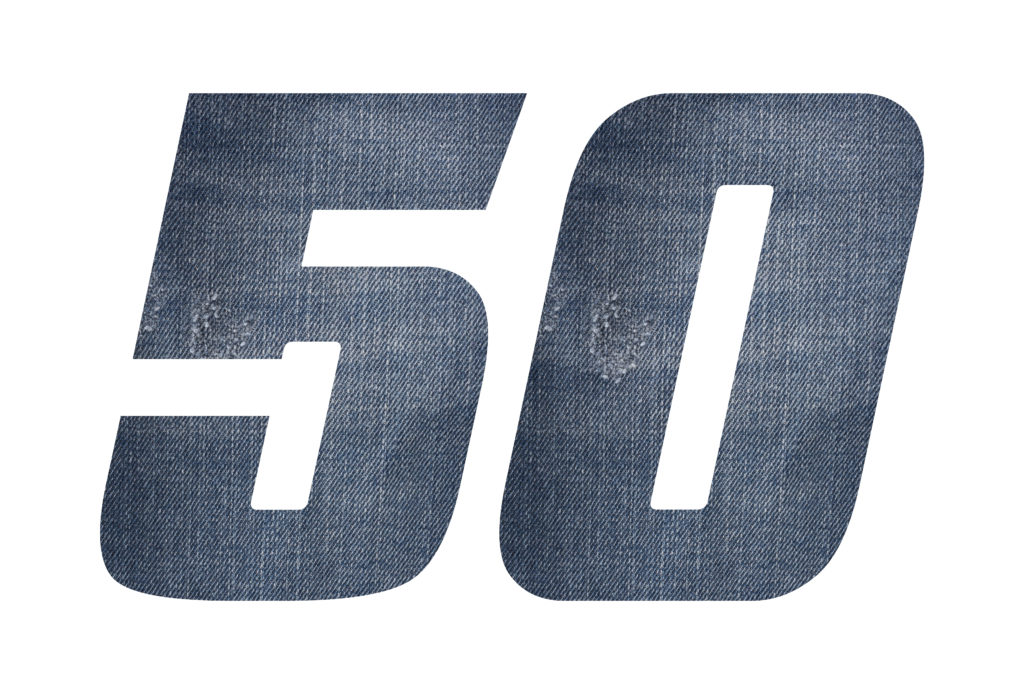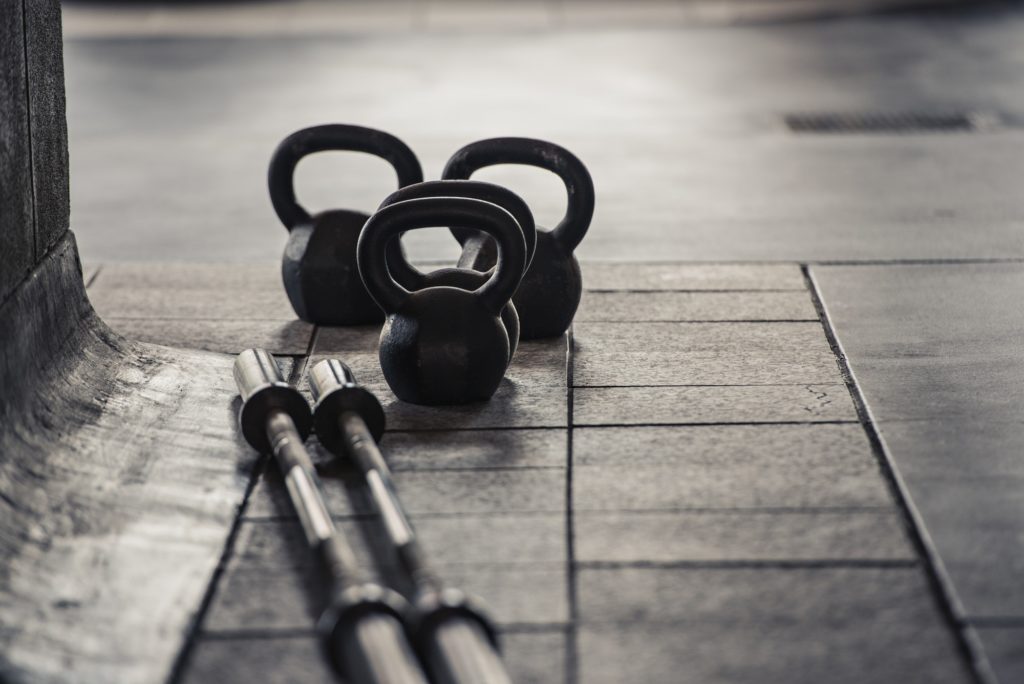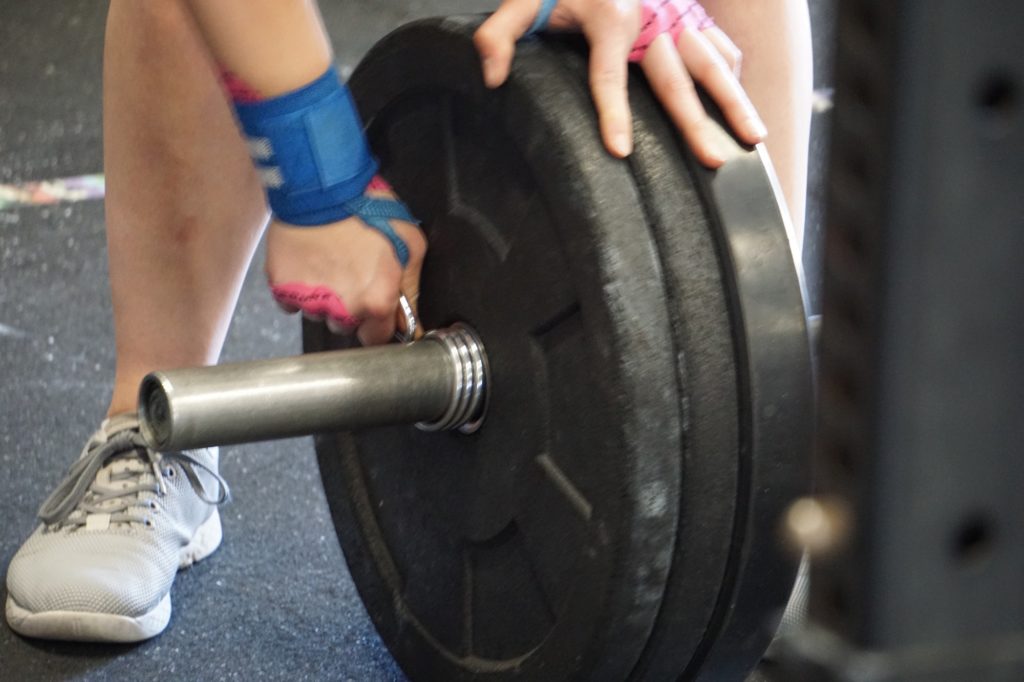Being a personal trainer can be a very rewarding career.
The first step to “success” in this industry, however, is understanding that there’s a difference between it being a hobby and you taking the necessary steps to make it a career.
The second step to success is expectation management:
- You will not work with professional athletes or celebrities right away (or ever).
- You will not be earning a six-figure salary right away (or ever).
- You will not be working remotely from a beach in Hawaii while sipping a smoothie made from strawberries fertilized with unicorn tears and free-range protein powder grown in Wakanda right away (or ever).
- You will be wearing sweatpants to work everyday. Score!
Year one is a challenging year. But if you prepare yourself well and are proactive in certain facets, you’ll easily separate yourself from the masses sooner than later. Read below for more tips via Virginia based personal trainer (with 20+ years of experience), Detric Smith.

Congratulations, You’re Now a Certified Personal Trainer
You may have worked hard to get here either going through college or working through a personal trainer certification. You may feel that you have learned a lot, but the learning has only just begun. When I first started on the gym floor freshly armed with my personal training cert and big biceps, I thought clients would be falling on my feet.
How wrong I was.
My first year as a trainer was difficult, no doubt. Lots of mistakes were made and now you’ll benefit from this. Here are a few challenges, opportunities, and advice to help you survive and thrive in your first year on the gym floor.
Let’s dive in.
What To Expect In Your First Year
It will be fun, exciting, scary and you will be tired.
Those early mornings are great but that’s why you got into it right? To drink lots of coffee, wear tracksuit pants, and coach people up.

Quick Tip: Don’t “coach” your clients like this. Creep.
Plus, the days will be long as you try to build up your clientele. You’ll be training people in the early mornings and early evenings with plenty of free time in between. This is the perfect opportunity to watch other trainers at work, read everything you can get your hands on, and ask plenty of specific questions.
When everything is new, every day will present new challenges and you will be nervous and apprehensive. Every day will feel different as you interact with people who may end up teaching you more than you teach them. This is why we have two ears and one mouth as listening is a skill that needs to be developed during your first year as a trainer.
Because there is a trap during your first year where you think you know everything, and nobody can teach you anything.
Don’t be like that. Keep an open mind on everything.
I remember overthinking everything 20 years ago.
I took hours to write a workout or two trying to write the perfect program when the perfect program didn’t exist. This was a rookie mistake. The trick here is not to be discouraged when making rookie mistakes or when things take longer than they should.
Remember everything is a learning experience. Store it in the memory bank and move on.
Overall, it’s a great atmosphere being surrounded by people trying to make a positive change in their life. The people that actually make it to the gym would rather be there than work. For the most part, gym-goers are great. Stay away from those who are not.
Money Will Be Tight
It can be a challenge financially until you start to develop your skills and build your clientele. And you might need to have multiple fitness jobs at the same time, or it might be a part-time job outside of the fitness industry. In this industry, most trainers have to work at two different places to make enough money.

You will be discouraged about the lack of zeros on your paycheck and there is a tendency to equate your worth to your paycheck. Please don’t do that because you’re in the process of changing lives and getting your name out there. Not every success is measured with cash, and it helps to remember this if you’re struggling financially.
Other Challenges Beside Money
Time – to get your reps you might have to ignore the advice from the online training guru selling you the 4-hour workweek lifestyle. Most of us had to do those 5 am sessions, and long days at first. Train anyone at first, so you can pick and choose later.
Job opportunities – you will be faced with tons of opportunities- some good, some not so good. And it is hard to know the difference. There are positives and negatives to all of the different types of places you can work with. This leads me to my next point.
Places to work – Just about every trainer prefers to start working at a studio or small chain, getting paid high dollars. Or at an exclusive high-paying big gym but the truth is most of us have to start with big-box chain gyms to get hours. And yes, some of those hours might be the dreaded floor hours where you clean and walk around and talk to members. This is all part of the learning process
Impatience – it helps to have realistic expectations because you don’t have the experience to train the superstar athlete or the high profile celebrity. Keep getting your reps in and showing up every day is key.
There is a business coach under every rock- there is nothing wrong with selling the dream, but I am here to give you realistic expectations. If you remember nothing about this article, remember this.
“There Is no such thing as overnight success.”
I hate to see people leave the industry before they even get started because some “guru” gave them unrealistic expectations for success. You can accomplish anything, but it takes time, patience, and lots of hard work. So, if a guru who knows nothing about your background tells you to train online and make 6 figures in year one…. Run.
Here’s What You Should Focus On In Your First year
Now you have realistic expectations of your first-year experience, the long hours and money being tight, here are a few things to focus on for you to get better.
Experience over money – this is not to say money isn’t important because you need to eat. But placing yourself in learning situations and extending yourself out of your comfort zone will pay off in the long run.
Networking – going to fitness expos, and local community events will help you meet like-minded people and potential clients. This is not only important in your first year but every year you’re a trainer.
Find mentors – the path has been walked before by others before you. If you want to shorten your learning curve and set yourself up for a long career, it helps to have someone in your corner who has done it before.
Get better at your craft- a no-brainer really. Nobody wants to hire you if you cannot get results, but exercise and programming are only small parts of your job. Getting better at the soft skills and getting people to do the work when the going gets tough for them is important too.
Wrapping Up
Starting a new profession coaching humans is tough and there are a lot of pitfalls to navigate. Lack of money, long hours, and business coaches praying on your vulnerabilities just to name a few. But when you focus on getting better at your craft and putting yourself in learning situations to make you better, the rewards will come.
Remember you are laying the foundation for hopefully a long career of helping people be better. And you’ll be getting better together.
About the Author
Detric Smith, CSCS, ACSM EP-C, PN-1 is the owner of Results Performance Training in Williamsburg, Virginia. He has over two decades of experience as a personal trainer and sports performance coach.
He develops personal trainers through his site DetricSmith.com, and serves as a mentor through various fitness organizations.



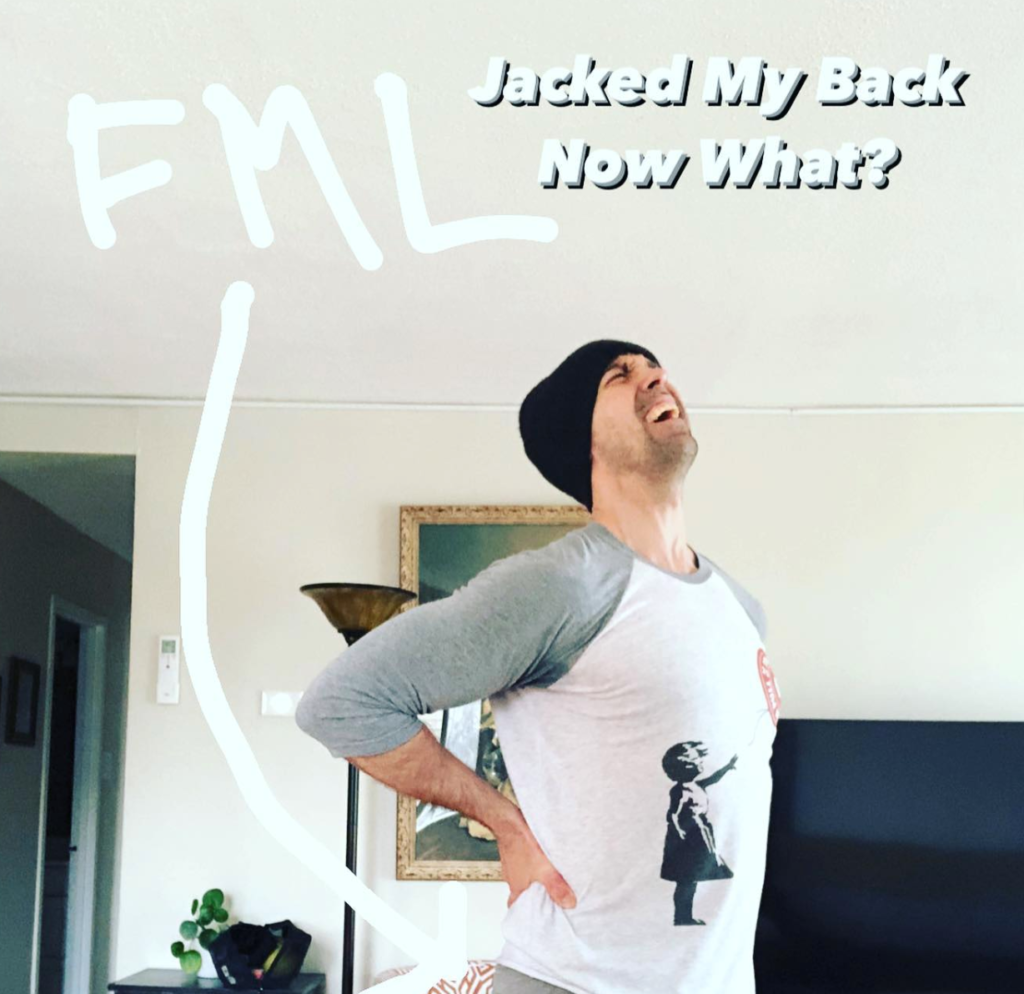


 Paul Levitin spent a decade as a personal trainer & strength and conditioning coach, becoming the number one trainer in his entire company, while collecting over 30 certificates (CES, CSCS, PRI, PN1, FRC, & many more).
Paul Levitin spent a decade as a personal trainer & strength and conditioning coach, becoming the number one trainer in his entire company, while collecting over 30 certificates (CES, CSCS, PRI, PN1, FRC, & many more).

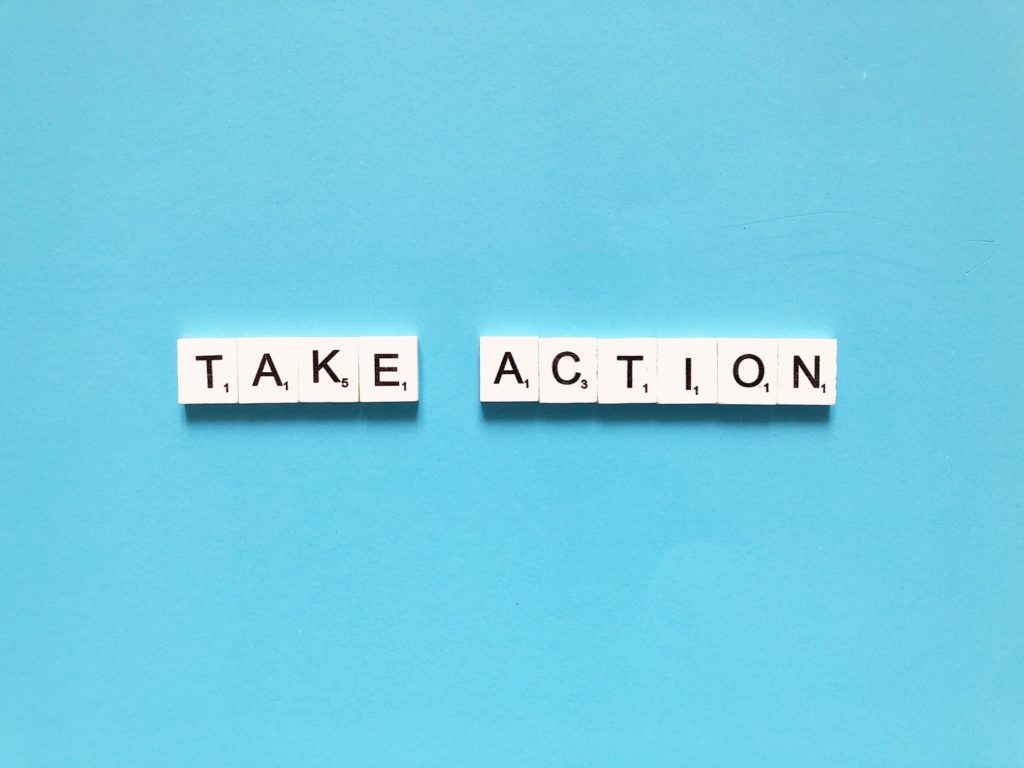

 As a Kinesiology graduate, Gavin McHale quickly realized that following the traditional business model would lead to trading more time for more money.
As a Kinesiology graduate, Gavin McHale quickly realized that following the traditional business model would lead to trading more time for more money.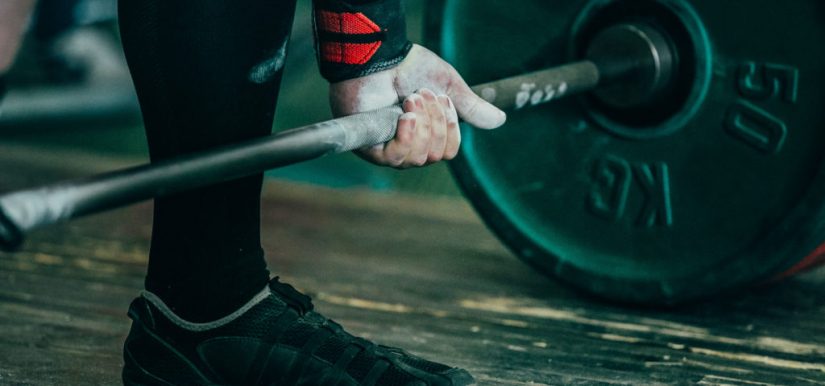
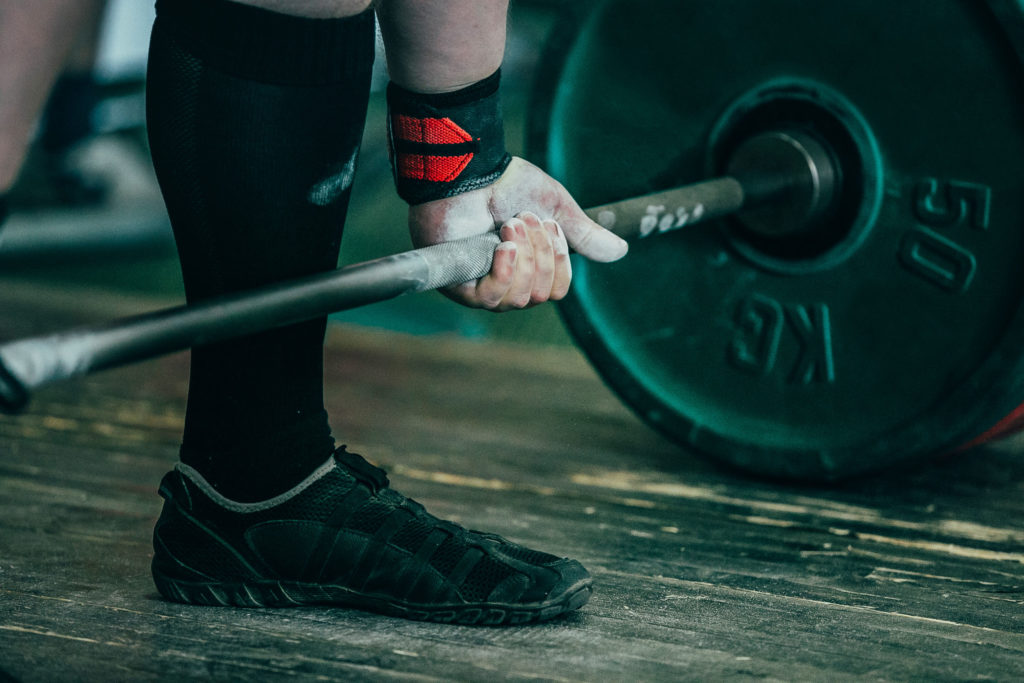

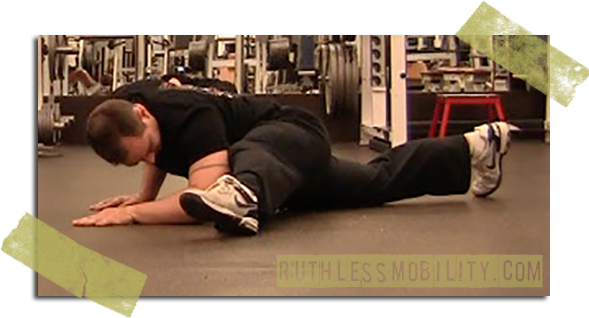

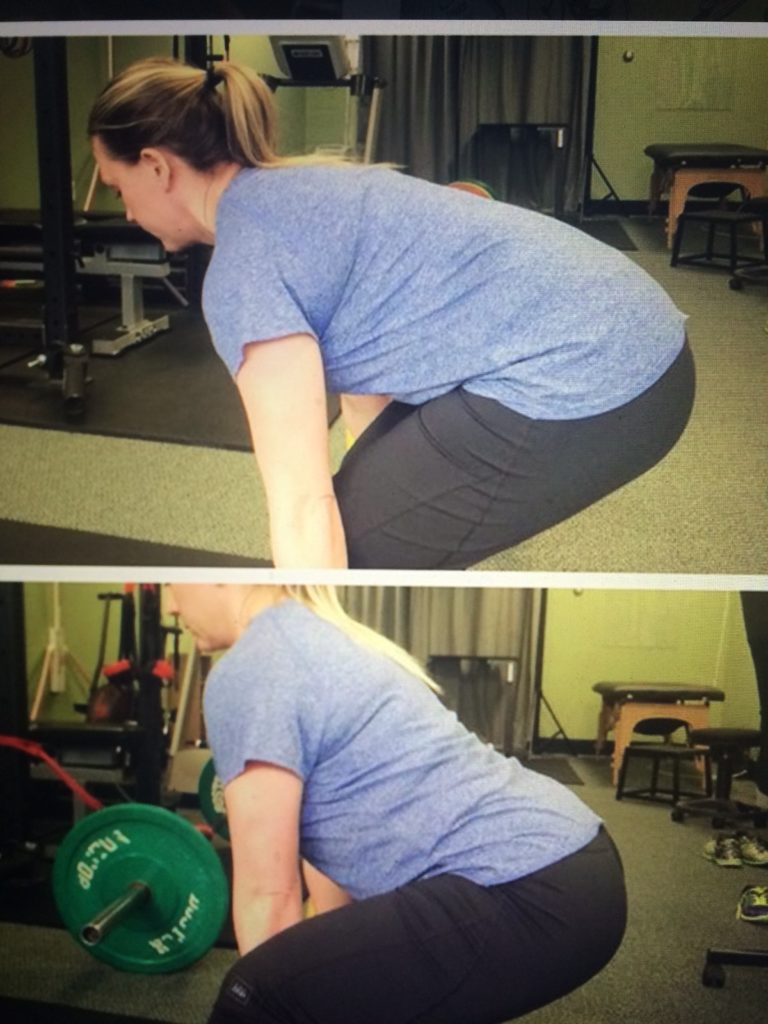




 Elsbeth Vaino is a personal trainer and gym owner at Custom Strength in Ottawa, Canada, where she and her team primarily train regular people who don’t love the gym but do like what going to the gym allows them to do. Before becoming a trainer, she worked as an electronic warfare engineer (you know, same old story). Check her out on Instagram (
Elsbeth Vaino is a personal trainer and gym owner at Custom Strength in Ottawa, Canada, where she and her team primarily train regular people who don’t love the gym but do like what going to the gym allows them to do. Before becoming a trainer, she worked as an electronic warfare engineer (you know, same old story). Check her out on Instagram (